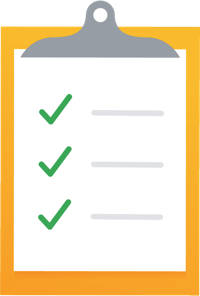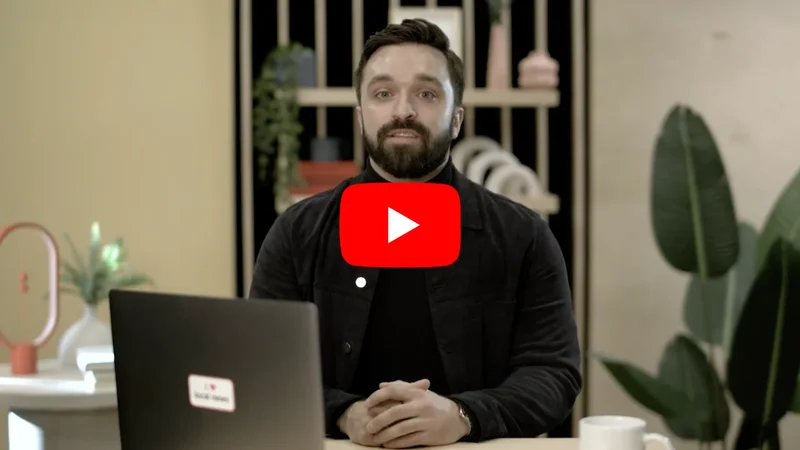Increase site traffic with Google Ads
Get more traffic from your best articles
What is Google Ads?

Being seen where your readers are searching and browsing across Google Search for their news content can be better supported by having a strong strategy for how you show up on Search. But how do you do this? Google Ads is the online advertising solution that allows you to promote your news organization on search results.
Do I need Google Ads?
While many news organizations don’t use paid advertising, it can be a viable channel if your organization has a tangible goal that can be reached by increased visibility on Search. If you’re looking to achieve any of the following goals, then Google Ads may be for you:
- Growing paid subscribers
- Growing newsletter subscribers
- Raising awareness about specific topical coverage
- Driving membership sign-ups
How does Google Ads work?
Google Ads allows you to show up on the advertised links on Search. Your ad’s ranking is determined by the Cost Per Click (CPC) you’re willing to pay and your quality score. Your cost per click will be different for each keyword that you bid on. Your quality score will be determined by the relevance of your site to the keywords and your user experience.

See how you can get started on Google Ads

STEP 1
Determine your goal: Make sure that you have a measurable goal for your ad campaign. For example that could be driving conversions for your new newsletter. Ensure that you are able to measure against progress towards your goal.
STEP 2
Decide where to advertise: You can go very narrow to reach your local community, or national/global if your ad is relevant to a broader target audience.
STEP 3
Create your messages: Highlight why your target audience should care about your business or the campaign you’re advertising. Use three short sentences.
STEP 4
Set your keywords and budget cap: Determine the monthly cap you’re willing to spend, the list of keywords for your campaign and the cost per click for each.
If you are a nonprofit, you can check if you’re eligible for Google Ad Grants.

See Google Analytics 4

What are the sections in Google Analytics 4?
- Home
- Reports
- Explore
- Advertising
- Configure
- Admin
Home shows your site’s performance from the last 7 days, and Insights analyzes your data for you using machine learning.
On Home, you can see:
- Users
- New Users
- Engagement Time
- Time spent
- Subscriptions revenue
- Donations
- Ad revenue
- Users currently on the site
💡 Best practice: Use the Search bar at the top if you have trouble finding something.

Determine your goal

You may have a single or multiple goals for your ad campaigns (e.g. driving newsletter subscribers, converting paid subscribers, raising awareness about a niche coverage topic). Either way, you should set up multiple campaigns, each of which have different messages and different sets of keywords for which you hope to show up on search. By comparing campaign performance, you can then adjust where to focus your budget, over time.
💡 Best practices:
- Measure: Set a measurable metric attached to your goal to see how each campaign performs against it
- Create goals on GA4: Create these goals on Google Analytics and import them to your Google Ads account
- Make changes: Regularly check and reevaluate how your campaigns help you achieve your goal

Decide where to advertise

If you are a local news organization, you can geographically target your ads to your relevant local readers.
You can also decide which keywords you would like to bid for using Smart Bidding noting that you need at least 30 conversions and typically longer than a month of data.
Smart bidding are bidding strategies that use machine learning to optimize for conversions in each and every auction. They can be used to:
- Increase sales or leads by raising your bids to obtain the right users, at whatever the cost is (typically higher cost)
- Customize bidding based on signals like the user’s device (e.g. adjusting the bid if user is on mobile), physical location (e.g. highlighting articles or pages that are hyperlocal to the neighborhood where user is), day and time etc.

Create your messages

STEP 1
Create Calls To Action (CTAs) that are likely to resonate with your readers, which map back to your marketing goals.
STEP 2
Prioritize the content or landing pages that you’d like to advertise. Pick pages that will have a higher search volume and where CTAs clearly guide users to your goal.
STEP 3
Select 10 landing pages that will perform best and group them into your campaigns (with at least two landing pages per campaign)
💡 Best practices
- Create a digital marketing strategy where you organize all your CTAs, account structure, campaigns and keywords.
- Prioritize landing pages most likely to attract new users and convert them to loyal ones
- Ensure your landing page CTAs are above the fold, in more than one place, clear and easy to understand

Set your keywords and budget cap

Your campaigns will have multiple ad groups that are organized into specific topics that help you stay organized. Each ad group will have a list of keywords that should keep your ad groups relevant to your searcher’s intent.
Each of your keywords will have an average cost per click (CPC) which you can monitor on your account. You can set both daily as well as monthly caps on your budget to manage how much you spend on Google Ads.
💡 Best practices:
- Check on Google Trends which terms your users are most likely to search for and choose your keywords accordingly
- Create campaigns based on topics and set at least 10 keywords for each
- Set daily and monthly budgets for your campaigns
- Regularly check how your keywords and ad groups perform to adapt










